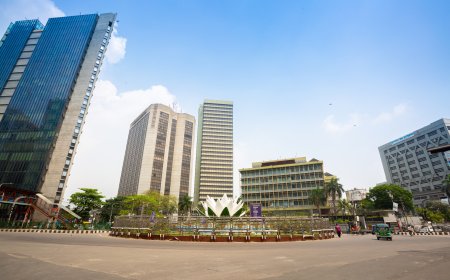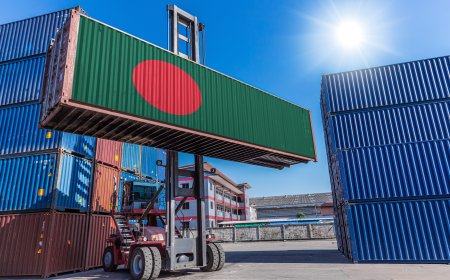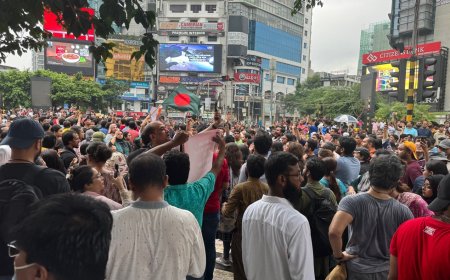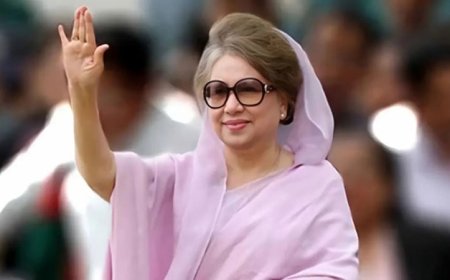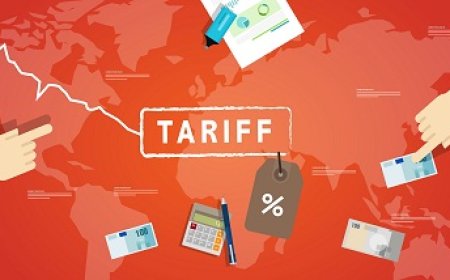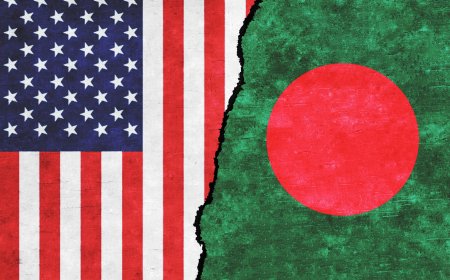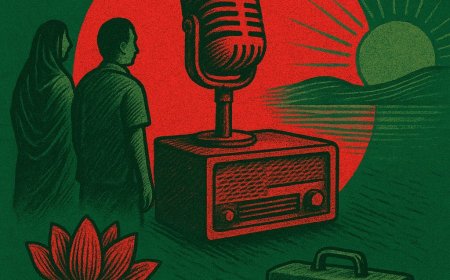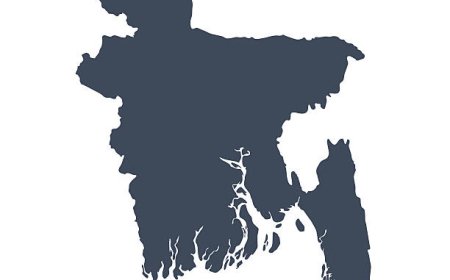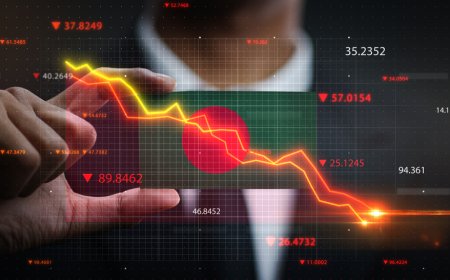What Does Declining Inflation Mean For The Economy?
Inflation is coming down but it will take while before this translates into economic growth revival

Inflation expected to decline driven by food prices
Bangladesh recorded an inflation rate of 8.48% in the year to June 2025 with food inflation at 7.39% and non-food inflation at 9.37%. This was a multi-year low for the country which saw inflation above 11% as recently as last November.
By all considerations inflation will drop steeply in the coming months. The primary reason is the tight monetary policy (high nominal and real yields), coupled with stable and strong exchange rate (taka has been seeing appreciating pressures against the US dollar).
Figure 1: Consumer Price Inflation YoY
The other factor is purely mathematical. Food price index peaked at 139.8 in October 2024 due to political unrest and major flooding. Since then, it dropped and as of June 2025 stood at 133.1 in June 2025. This is a decline of 5% from the top. Even an aggressive 1.5% month over month food price inflation assumption will give us a CPI inflation of below 5% by October 2025 due to base effects.
While there are risks of unforeseen events like additional unprecedented flooding, and spike in rice price, the base case scenario of a significant drop in inflation remains very likely.
Nominal interest rates will track inflation rate
Real interest rates, calculated as short term treasury bill yields less inflation reached of 3.6% in June 2025. This is the highest since 2012, and given the inflation outlook we should not see further increases in real rates. Already, nominal yields have declined in July 2025, driving down real yields alongside.
Essentially, given our inflation forecasts of around 5% by October 2025, we will see nominal yields decline to below 9%. The nominal treasury yields are a very important indicator as banks typically set their lending rates and deposit rates based on this parameter. We should see banks and financial institutions reduce both deposit and lending rates towards the end of the year.
Winners: Stocks and long-term bonds
The immediate impact of declining treasury yields will be a rally in stocks and long-term bonds. Financial markets are already reflecting this with the Dhaka Stock Exchange All Share Price Index increasing 16% in the last 2 months along with significantly increased turnover. Bond prices have increased significantly also and will likely continue the rally as discount rates fall.
Case for economic growth revival more nuanced
BBS reported Q3 GDP growth at 4.86%, a number less than desirable for a country like Bangladesh which routinely grew around 6-7% per year in the past. Private sector credit growth hit 6.4% in June 2025, which is also extremely slow.
Declining deposit and lending rates are correlated with higher credit demand. At an 11% lending rate, there will be more borrowers than at 14% simply because the hurdle rates have come down. It also leads to more supply of credit because the scope to make high spreads on treasury securities will decline and banks will start looking for lending opportunities.
However, the dismal economic performance is not singularly due to interest rates alone. Other factors are also at play that need to be addressed for credit growth to increase to 12-13%.
Political outlook: Historically, the business community looked for assurance of political certainty before investing in large projects. Hence, timing of the next election and policies of the winning party will play an important role.
Corporate deleveraging: Many local corporates had taken on significant amount of loans, often beyond what rational considerations would suggest. Some also face single borrower exposure limits due to currency depreciation. For many of these companies, a deleveraging cycle is needed before they are able to take on more loans. If banks are interested to grow loan portfolio in this environment, they may have to venture towards retail and SME loans.
Capital adequacy issues: It is no surprise that the banking sector has a major capital adequacy shortfall. As true non-performing numbers are coming to light, banks are having to make large loan loss provisions further eroding capital adequacy. Banks who are unable to maintain the minimum capital adequacy ratios set by Bangladesh Bank will be unable to grow their lending portfolio.
To summarize, lower interest rates should lead to some uptick on private credit growth and also economic activity. But it alone is not sufficient for the economy to bounce back to GDP growth rates of 6 to 7%.
What's Your Reaction?













